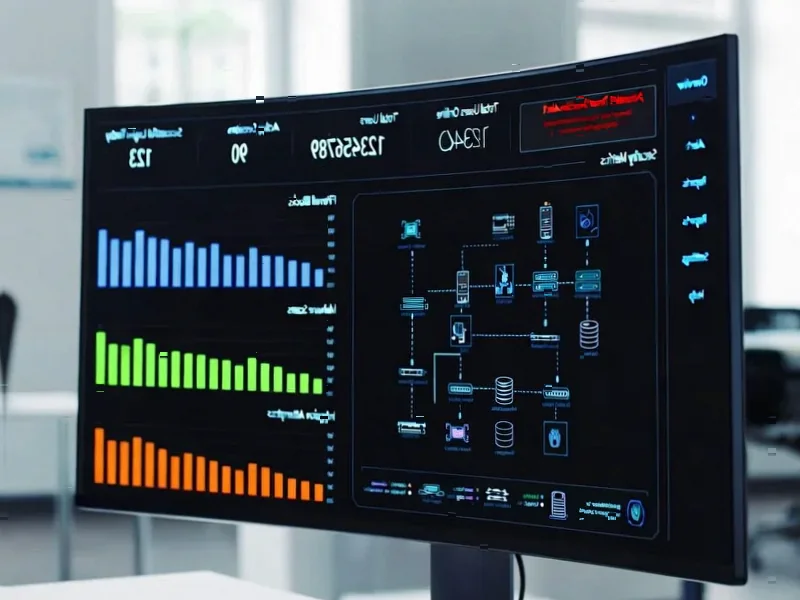According to ZDNet, Palo Alto Networks CEO Nikesh Arora warns that enterprises are dangerously unprepared for the security implications of AI agents, with organizations lacking visibility into what credentials these agents possess and what systems they can access. Arora highlighted that current identity management systems fail to track the 90% of non-privileged users effectively, creating massive security gaps as AI agents expand the threat surface. The problem is compounded by sophisticated attacks including smishing campaigns using 194,000 internet domains to target enterprise credentials. Palo Alto’s response includes integrating CyberArk’s identity management capabilities and launching Cortex AgentiX, which uses automation trained on 1.2 billion real-world cyber threat playbook executions. This creates a fundamental identity crisis that demands immediate attention.
The Non-Human Workforce Identity Crisis
The core challenge isn’t just about securing AI agents—it’s about rethinking identity management for what essentially constitutes a new class of digital employees. Traditional identity and access management (IAM) systems were designed for human users with predictable patterns, regular authentication cycles, and clear accountability structures. AI agents fundamentally break this model because they operate at machine speed, scale exponentially, and lack the natural constraints of human work schedules or physical presence. The fundamental architectural flaw in current systems is treating AI agents as temporary service accounts rather than permanent workforce members with evolving privileges.
The Privileged Access Management Dilemma
Current privileged access management (PAM) solutions represent a classic case of security theater when applied to AI agents. These systems work reasonably well for tracking high-privilege human users because they operate on the assumption that privileged access is exceptional and requires special monitoring. However, when every AI agent potentially becomes a privileged user by virtue of its function—whether accessing customer databases, financial systems, or operational technology—the distinction between privileged and non-privileged access collapses. The massive scale of credential attacks targeting enterprises demonstrates how attackers already understand this vulnerability better than most security teams.
Technical Architecture Gaps in Agent Security
The technical challenges run deeper than most organizations realize. AI agents typically operate through complex orchestration platforms that manage function calls across multiple systems, creating distributed identity footprints that no single dashboard can track. Each vendor’s implementation of agent security operates in isolation, creating cross-platform visibility gaps that malicious actors can exploit. The fundamental protocol-level security for AI agent interactions—including standards like Model Context Protocol—remains immature, lacking built-in identity verification and audit capabilities that would allow enterprises to maintain chain-of-custody for AI-driven actions.
The Security Automation Paradox
Palo Alto’s approach of using AI agents to combat malicious AI agents creates an interesting paradox: we’re essentially creating an AI arms race within enterprise security operations. While automation trained on billions of threat scenarios can theoretically outpace human analysts, it also creates new attack surfaces. The critical question becomes: who secures the security agents? This creates a recursive security problem where each layer of automation requires its own security oversight, potentially leading to infinite regression in security validation. The human-in-the-loop approach that Palo Alto advocates represents a necessary transitional phase, but it doesn’t scale to the volume of threats that AI agents will eventually face.
Broader Industry Implications
The identity management crisis for AI agents will force a fundamental restructuring of enterprise security budgets and organizational structures. We’re likely to see the emergence of new C-suite roles focused specifically on non-human identity management, and security vendors will need to develop entirely new product categories beyond traditional IAM and PAM. The regulatory landscape will inevitably catch up, requiring enterprises to maintain comprehensive audit trails for AI agent activities similar to SOX compliance for financial systems. Organizations that solve this challenge early will gain significant competitive advantage, while those that delay face existential risks from both external attacks and internal compliance failures.




